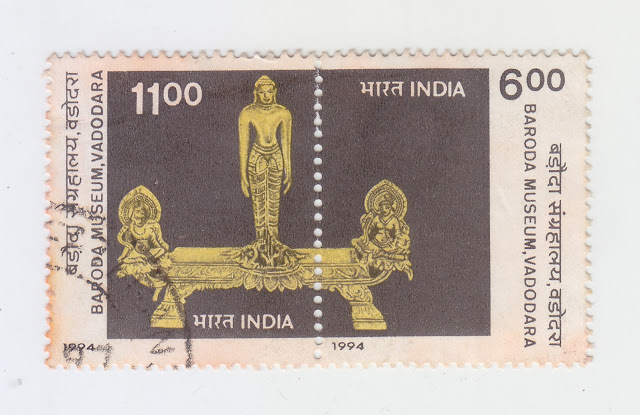Museums
Museums as learning spaces
This piece is published in
the November 2017 issue of Teacher Plus here.
Thanks are due to the team at Teacher Plus and the museums all over for
allowing my love for history to not only stay alive but flourish.
‘She is not interested in museums’, a friend said, of his daughter.
He left me wondering. The history lover in me was not very happy.
I frequent museums and try
to savour those at places I visit. Here I speak not just of large and exquisite
collections like the ones at the Prince of
Wales Museum in Bombay or the National
Museum in New Delhi. I have learnt of Meghalaya, Mizoram and Nagaland from
museums in their capitals. They have taught me about the homes and festivals of
people there, the clothes they once wove and wore, their fishing and
cultivation practices and more. Today we also have a range of private museums.
Some of these like the textile and vessel
museums at Ahmedabad boast of very
focused and novel collections while those like the Don Bosco
museum at Shillong
use the latest technology to engage with visitors. Then of course there are
those that are owned by the erstwhile royal families. These rich repositories
of our shared past can hold our hands as we move towards the future.
During a recent trip to the Salar
Jung Museum in Hyderabad, where the audio guide helped me with details of the
exhibits, I wondered why museums are not put to use for learning history. They
will surely help take history beyond the mugging of dates and names and bring
it alive. Museums, however, are more than just history – they can help facilitate
discussions on a range of topics. For example, how forests and their resources
were put to use during earlier times. The Salar Jung Museum has a gallery
dedicated to ivory! The potential is humongous. Trips to the Nicholas
Roerich Estate in Naggar (Kullu) or the Raja Ravi Varma collection at the Vadodara museum can be
learning spaces for art and painting with few parallels. Vadodara incidentally
had the first building in the country designed specifically for a museum; its star
attraction, over the years, has been the skeleton of a blue whale! This large
mammal had come up the Mahi River sometime during the 1940s.
Schools need to take
education out of classrooms and look beyond the allotted 45-minute slot for
each period. At the same time, students need to experience a sense of awe and
wonder in the course of learning. Museums offer a wonderful opportunity to become
partners in education. Some of these museums like the Salar Jung Museum also have
auditoriums that are used for events including deliberations on history.
We also need to take a
critical look at our own relationship with museums. I have come across parents
who have not had the time to visit museums in their own cities with their
children. Schools have been visiting museums but on most occasions, primarily
on account of group sizes, all they succeed in doing is to move in a proper
file. To begin with we need to go beyond being tourists, maintaining discipline
and clicking photographs. Few parents, however, take that extra step to visit
historical spaces in their cities and draw connections with the textbooks
mandated for their children.
Coming back to my friend,
after his daughter moved away, I asked him when he last had a chat with her about
history, or got a book for her on the topic, or go with her to a structure of
historical or cultural significance. Did he expect her to be interested in
museums after being taken to Play Zones at
malls and subjected to Tarak Mehta Ka
Ulta Chashma at home?
All said and done, children may
or may not be interested in history or museums, we leave it to them. The
question is whether we are playing our roles well—that of exploring avenues
such as museums and presenting them to our children as options.


Comments
Post a Comment